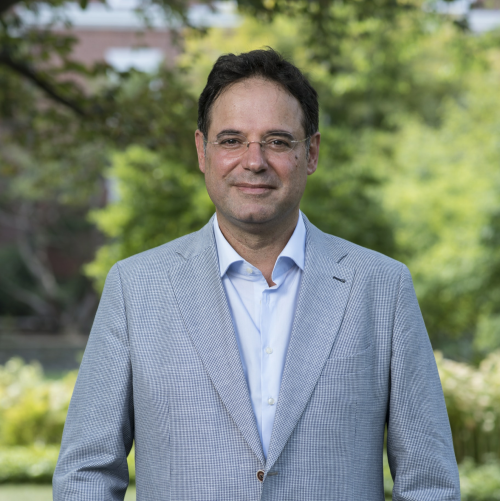
Bio: João Alves is a Professor of Astrophysics at the University of Vienna. He researches the origin of stars and planets and has published more than 200 refereed papers on the topic. After his PhD at the Harvard-Smithsonian Center for Astrophysics and the University of Lisbon, he moved to Munich as a European Southern Observatory (ESO) Fellow and later ESO staff. From 2006 to 2010, he was director of the Max-Planck/CSIC Calar Alto Observatory in Southern Spain. Since 2010 he has been a Full Professor of Stellar Astrophysics at the University of Vienna and became a Radcliffe Fellow at Harvard in 2018. He is the Editor-in-Chief of the Astronomy & Astrophysics Letters.
Projecto ERC: The 3D motion of the ISM with ESO and ESA telescopes (ISM-FLOW)
Título palestra: The 3D motion of the ISM with ESO and ESA telescopes
Resumo: The current model for the structure of the local Milky Way is in crisis. Data from the ESA Gaia mission has overthrown the 150-year-old paradigm for the gas distribution in the local Milky Way, a 500 pc ring known as Gould’s Belt. In the newly emerging view, local star-forming regions are connected by lower-density gas. They are part of a new organizational unit: undulating, coherent, and linear Galactic-scale gas structures. What is the origin of these kpc-long structures, how do star-forming regions form and disperse inside them, and are they related to the traditional view of spiral arms?
Underpinning these questions lies a critical measurement currently beyond reach: tracing the Galactic gas flow in 3D. Gas flow is a fundamental physical property of the ISM. Knowing it is to know the past and future path of the gas in the Galaxy, measure momentum and infer the external forces acting on the star-forming gas. Achieving this measurement for the local kpc would constitute a breakthrough in ISM, star formation, and spiral structure formation research. The goal of ISM-FLOW is to see the local Milky Way gas in 3D motion for the first time and make sense of it. The project will use a dedicated large observational campaign in the near-infrared at ESO (VISIONS, PI: Alves) and upcoming ESA Gaia data. We will measure the local Galactic gas flow for the first time, derive the local molecular gas trajectory from the past and into the future (-20 to 20 Myr), and be in a position to make significant advances in the field.



